Graphics Reference
In-Depth Information
Our next goal is to compute the Gauss curvature of a ruled surface. By Theorem
9.9.15 we need merely compute the functions E, F, G, L, M, and N. Now
pqv p
=¢+ ¢
a
,
=
a
,
(9.86a)
u
v
pqv
=≤+ ≤
a
,
p
=¢
a
,
p
=
0
(9.86b)
uu
uv
vv
If
pp
pp
¥
¥
u
v
(
)
=
n
uv
,
(9.87)
u
v
is the unit normal to
S
at p(u,v), then
Lp
Mp
Np
=∑
=∑
n
n
uu
=∑¢
n
a
uv
=∑
n
=
0.
vv
Since N is zero, LN - M
2
=-M
2
, and so we do not need to compute L. To make the
rest of the computations easier, we replace q(u) with another base curve.
If a¢(u) π 0, then for small e the ruling
L
u+e
will not be parallel to the ruling
L
u
and so there will be a unique point m(u,e) on
L
u
that is closest to
L
u+e
. Let
()
=
(
)
m
u
lim
m
u
,
e
.
e
Æ
0
Definition.
The curve m(u) is called the
striction curve
or
line of striction
for the ruled
surface
S
. Its points are called the
central points
of the ruled surface.
The striction curve clearly does not depend on the parameterization of the
surface.
9.15.3. Lemma.
The curve m(u) is well defined and satisfies m¢ • a¢ = 0.
Proof.
Exercise 9.15.1.
From now on we assume that our original base curve was the striction curve for
the surface.
Next, notice that a • a=1 implies
a∑¢=0.
(9.88)
Equation (9.88) and Lemma 9.15.3 imply that q¢¥ais parallel to a¢, that is,
q¢¥
ala,
=
¢
for some function l. Dotting both sides with a¢ gives that
(
)
∑¢
q
¢¥
aa
aa
l
=
.
(9.89)
¢∑
¢


